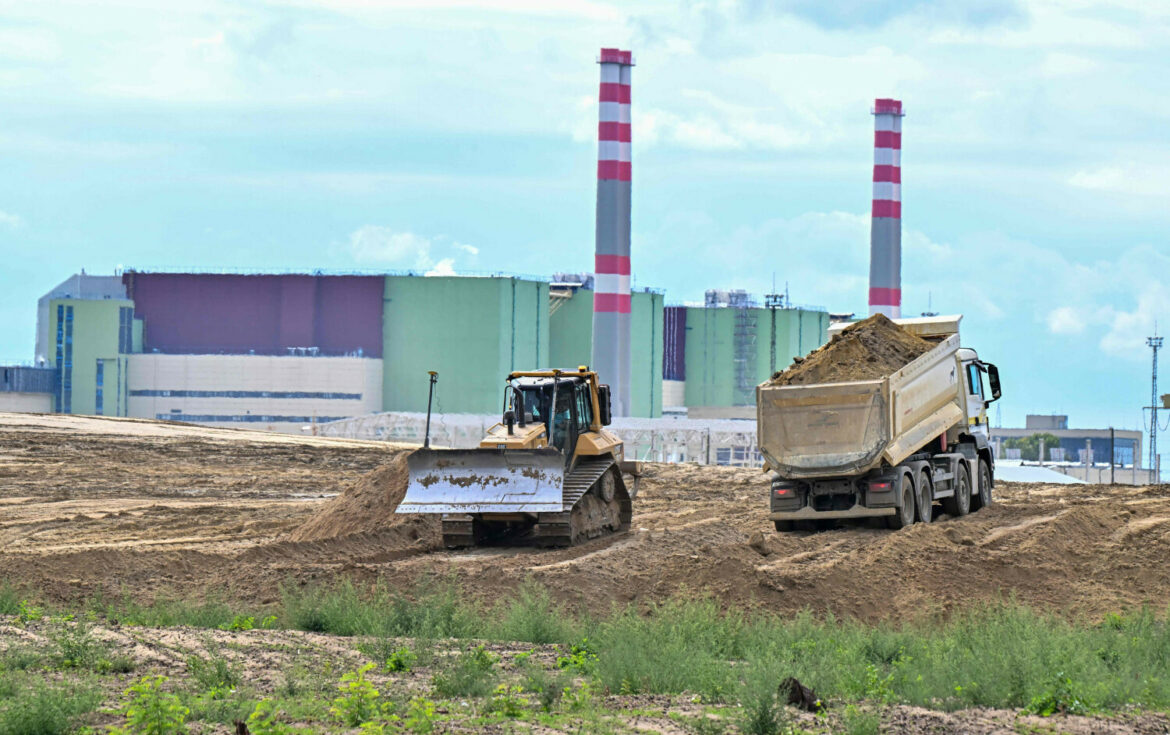“There is a place in the Polish energy system for two large nuclear power plants and small nuclear reactors (SMRs)”, assesses Andrzej Domański, co-author of the economic programme of the Civic Platform, advisor to Donald Tusk and future MP.
“We can see room in the system for two large nuclear power plants, just as we see room in the system for SMRs”, said Domański. Donald Tusk’s adviser did not specify the specific number of small reactors that would be developed in Poland.
“All contracts will be checked, it is natural. We know that this project with the Americans is more advanced. There is no shadow of discussion, no shadow of talk about undermining these agreements in any way”, stressed the vice-president and chief economist of the Civic Institute, which coordinated the work of the energy transition team.
At the end of September this year, Polskie Elektrownie Jądrowe signed a project agreement with a consortium of Westinghouse and Bechtel to build Poland’s first nuclear power plant (based on the AP1000 nuclear reactor) in Lubiatów-Kopalino in Pomerania.
“We have presented a very concrete plan for Poland’s energy transition, assuming that by 2030 68% of Polish energy will be generated from RES. We have specific solutions on how to do this: support for onshore wind energy, photovoltaics, and hybrid systems”, Domański said.
According to the timetable adopted by the government, the construction of the first Polish nuclear power plant will start in 2026, and in 2033 the first nuclear power plant unit with a capacity of about 1-1.6 GW will be put into operation. Subsequent blocks will be implemented every 2-3 years, and the entire nuclear programme envisages the construction of nuclear units with a total installed capacity of approximately 6 to 9 GWe.
Arkadiusz Słomczyński





